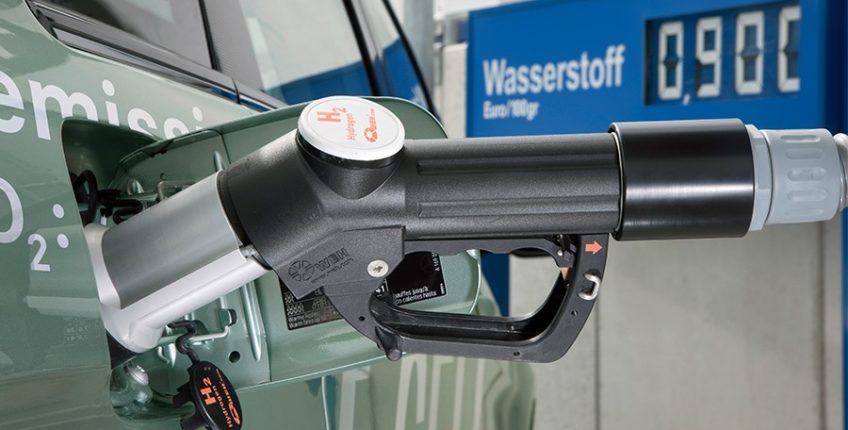As part of the 50 refuelling stations programme of the BMDV, Linde and its partners are responsible for 10 stations. The programme will see that a total of 50 public hydrogen filling stations will be in operation within the first half of 2017, each with a capacity of more than 40 vehicles per day. This builds a bridge between the existing projects of the Clean Energy Partnership and the widespread infrastructure rollout via the now operative industry joint venture H2Mobility.
A network philosophy stands explicitly in the focus of this project. Through the strengthening of existing lighthouse regions and ensuring that corridors connecting the regions are adequately equipped, boundless hydrogen mobility between Germany’s metropolitan regions is to thereby become a reality. In addition, research and development activities are to be directly connected with demonstration projects – allowing insights and experiences to flow in both directions and subsequently help identify more improvement potentials. For example, at the end of 2016, a hydrogen refuelling station was established at Munich Airport equipped with the latest generation cryo pump, which due to first insights having been made in this project, was developed in a further separate NIP project. This enabled, for example, the necessary electrical load and space requirements of the plant to be significantly reduced. In addition, the project saw the installation of first plants with ionic compressors produced from the small series production commencing 2014.
Besides the establishment of the 10 hydrogen refuelling stations, further development and improvement activities were conducted in the following areas:
1. Service & maintenance – The necessary maintenance activities and intervals were examined in detail, and training sessions for internal and external service activities were developed and conducted.
2. Remote operation control – Following the intensive evaluation of various integration possibilities in existing monitoring systems, this package involved the development of a comprehensive remote monitoring system (interfaces, parameters, process chains, activity/report matrix).
3. Supply interface/storage tank – After defining standard specifications together with potential suppliers, innovative 200 bar hydrogen storage tanks for installation at hydrogen refuelling stations were found, and a supply interface between this 200 bar storage tank and newer 500 bar hydrogen trailer technology was developed.
4. Spare parts management – Various storage options for spare parts were evaluated along with the implementation of an initial small storage facility with a specifically developed concept for replacement and consumable parts.
Aim of the project is to integrate the technology at existing refuelling station sites of various partners from the mineral oil industry. On the one hand, this shall serve to increase the infrastructural accessibility and visibility, an on the other, make a decisive contribution towards promoting the acceptance of hydrogen as a fuel among both operating partners and the public.
Funding Code
03BV135

